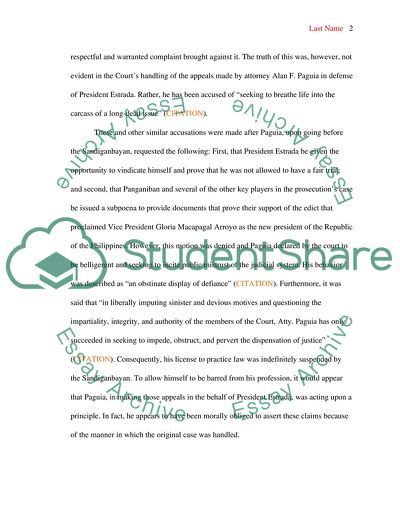Cite this document
(Right to Rule: Joseph Marcelo Ejrcito Estrada Assignment, n.d.)
Right to Rule: Joseph Marcelo Ejrcito Estrada Assignment. https://studentshare.org/politics/1702987-english-research-and-advanced-composition
Right to Rule: Joseph Marcelo Ejrcito Estrada Assignment. https://studentshare.org/politics/1702987-english-research-and-advanced-composition
(Right to Rule: Joseph Marcelo Ejrcito Estrada Assignment)
Right to Rule: Joseph Marcelo Ejrcito Estrada Assignment. https://studentshare.org/politics/1702987-english-research-and-advanced-composition.
Right to Rule: Joseph Marcelo Ejrcito Estrada Assignment. https://studentshare.org/politics/1702987-english-research-and-advanced-composition.
“Right to Rule: Joseph Marcelo Ejrcito Estrada Assignment”. https://studentshare.org/politics/1702987-english-research-and-advanced-composition.


